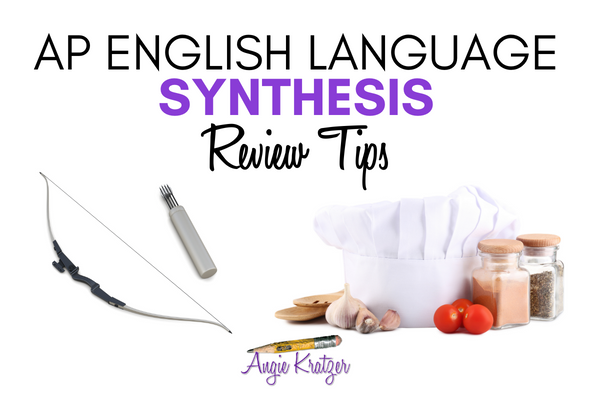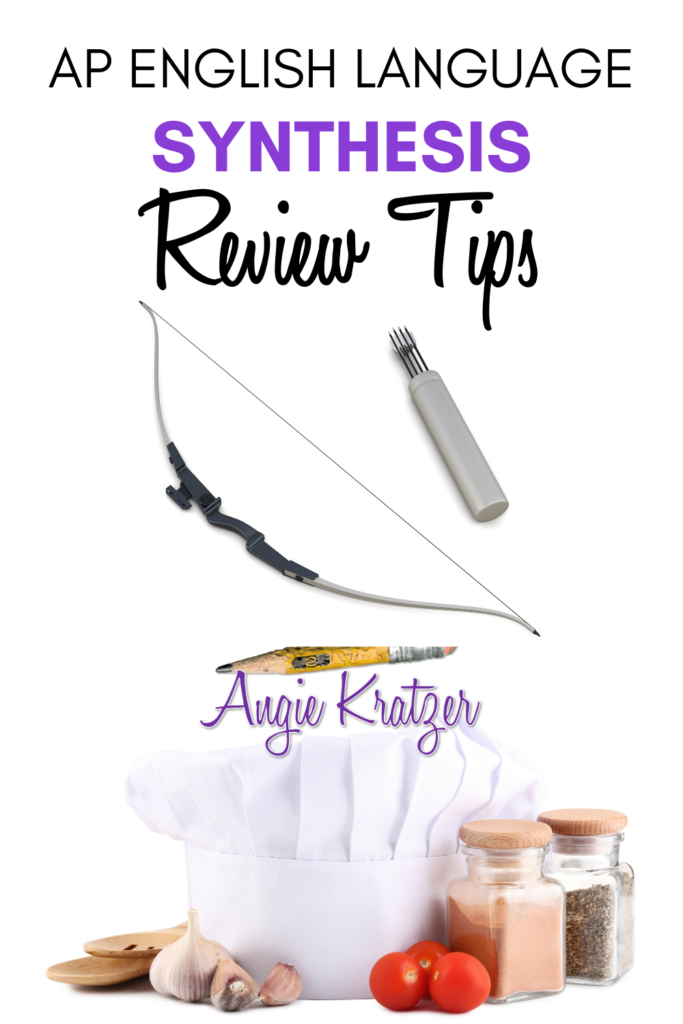
If you’re in AP Lang exam review mode, you probably plan to spend the least amount of time dealing specifically with Question 1. Why do I think that?
- It may have been the last free response type you taught, so it’s fresh on students’ minds.
- It involves argument and documentation, both of which you’re going to be reviewing anyway, so you may not feel the urgency you do with rhetorical analysis.
But it needs a little love, and students still need a refresher going into the exam.
Review Tip #1: Practice dealing with images.
It is likely that students will see one photograph or political cartoon on Question 1. Pop in on a number of different types of images and deal with each artist’s purpose. Grease those wheels again so that students can deal fairly quickly with exigence and re-connect to the artist’s intent in communicating with her or his audience. For a more in-depth look at dealing with images, read this post. I have some free graphic organizers I’ll send your way. Drop your email address here, and I’ll shoot them right to you.

Review Tip #2: Practice sorting the sources.
Students need to rehearse the way they group the sources provided to them because they will be doing this in their heads very quickly on the exam. For example, give students all the sources and have them put them into two piles (e.g., pro and con). Then have them put the sources into two completely different groupings (e.g., women’s perspective and men’s perspective). If you have a group of high flyers who are gunning for the sophistication point, this exercise may be worth half a class period.
Review Tip #3: Pick a process metaphor.
The synthesis essay is the first thing they’ll see on the free response section. Your high-anxiety students may need an anchor, a process to remember when they approach the prompt and sources. Give them these two options and walk them through choosing one.



Review Tip #4: Practice the conversations.
Fabulous Dr. David Jolliffe, who served for years as Chief Reader for the AP Lang exam, writes of Question 1, “The writer must develop the case for the position by incorporating within his or her own thinking the conversations he or she has had with the authors/creators of the primary sources.” Have students read this article he wrote for College Board and discuss (if live) in the form of a Paideia seminar. Remote students might split into breakout rooms and answer questions together.
If you’re looking for a full unit on the AP Lang synthesis essay, consider Read ‘em and Weave: The AP English Language Synthesis Question. It includes a full practice prompt, a student-friendly version of the new rubric, numerous detailed lesson plans and handouts, and guidance for stressed-out teachers who need creative ideas for both initial instruction and review.


